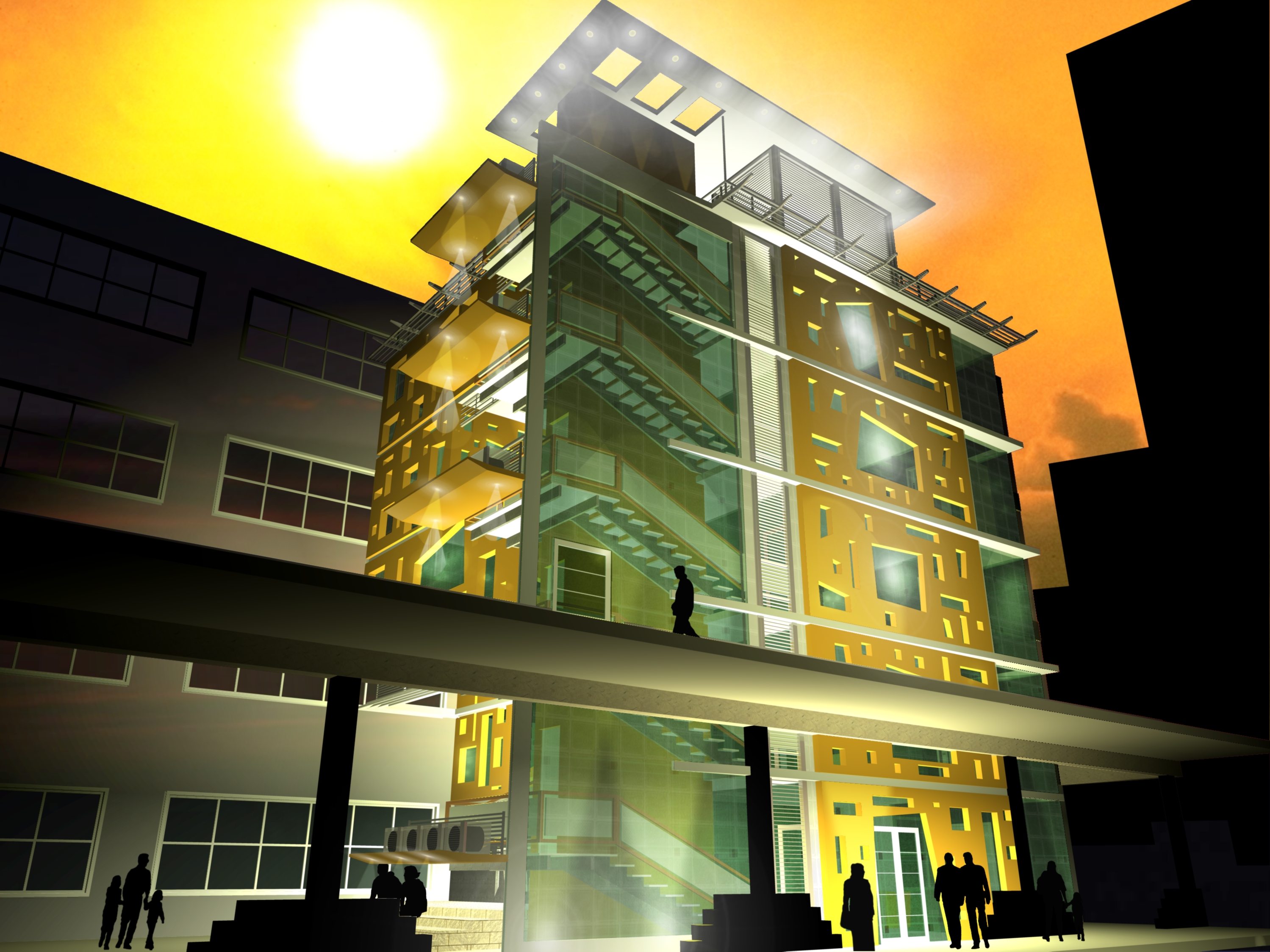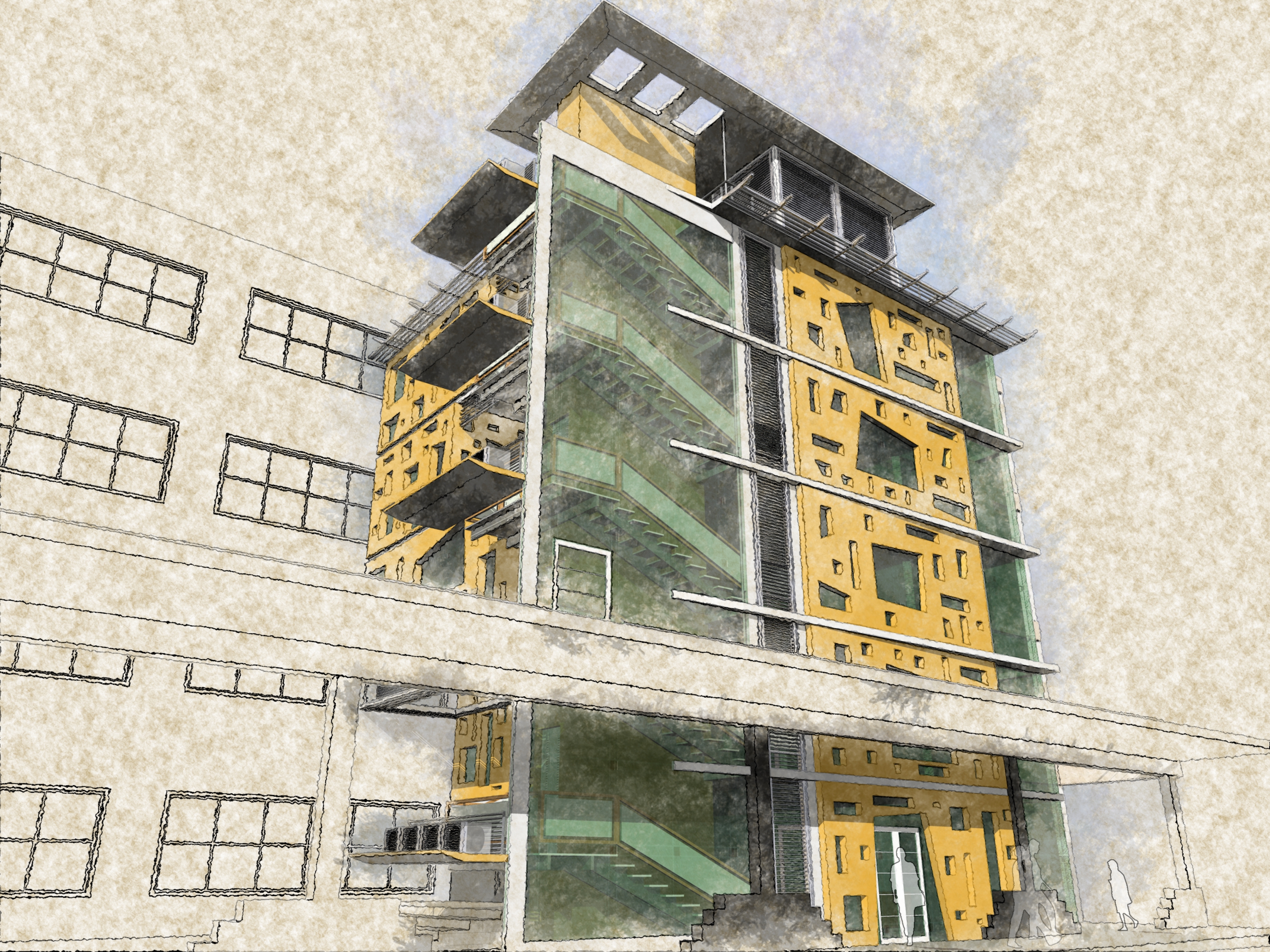We have a passion for following future-forward architecture that pushes the envelope of environmental design. Imagine our excitement when we saw these recently released photos of Taiwan’s Next Gene 20! The project challenges 20 acclaimed architects to design 20 villas along the north-east coast of Taiwan. The selected architects include big international names such as MVRDV, Graft, Kengo Kuma, and Julien De Smedt as well as 10 up and coming Taiwanese architects. The designs showcase an impressive array of styles ranging from minimalist modules to elaborate biomorphisms, yet they are all united around the common goal of integrating seamlessly with their environment. These results are the fruit of an exciting cultural exchange, and they provide some cutting edge concepts for the future of architecture.
The Next Gene 20 project was developed by Genuine Group as a way to foster an exchange of ideas between Eastern and Western architects. Each design takes great strides to integrate harmoniously with its immediate environment. The results of this year’s Next Gene20 emanate these ideas with stunning, innovative designs. Above, ‘Floating Courtyard’ by Ray Chen, cuts a modern silhouette with its sleek facade.
Kengo Kuma’s “Aimai” house takes its name from “a Japanese word that describes an ambiguous condition and matter. Since there is no definite boundary between interior and exterior, natural and artificial, the house and nature blend gradually into each other. By following the rich landform of the site and creating an edgeless roof, the existence of the house almost disappears.”
Julien De Smedt’s design takes a similar low-profile approach, seamlessly blending in with the smooth rolling hills of its site: “We have designed a house that manipulates the landscape without adding anything to it. A house in symbiosis with its environment. A house that celebrates views and protects itself from being viewed.”
The construction on all 20 projects is slated to start in July 2008, and the villas will be completed by December 2009.
+ Next Gene 20
Via designboom.com and bdonline.co.uk
House’ by Yung Ho Chang
House’ by Irving Hung-Hui Huang
by Mike Chino
May 7, 2008
Sống trên đời, chỉ có tình yêu và thân phận. Thân phận thì hữu hạn. Tình yêu thì vô cùng. Live on life, have only love and fate. Fate is finite. Love is extremely. 世界では、愛と奴隷生活。体の部分がある便利な用語。非常に好きです。Hidup di dunia, hanya cinta dan perbudakan. Bagian tubuh yang berguna istilah. Love sangat. 세계에서 단 하나 뿐인 사랑과 노예 생활. 바디 부분은 유용한 용어. 사랑 극도입니다. Жизнь в мире, только любовь и рабство. Части тела являются полезными перспективе. Любовь очень.
LỜI NGỎ
 Chào mừng các bạn đến với Web Blog của tôi. Tôi lập trang Weblog này để nói về cuộc sống và kiến trúc. Hai khái niệm hết sức trừu tượng, bao hàm cả thế giới xung quanh ta. Rất hy vọng các bạn sẽ thưởng thức và tìm thấy những điều lý thú, bổ ích cho mình và mong nhận được những ý kiến đóng góp chân thành của các bạn.
Cám ơn rất nhiều!
Chào mừng các bạn đến với Web Blog của tôi. Tôi lập trang Weblog này để nói về cuộc sống và kiến trúc. Hai khái niệm hết sức trừu tượng, bao hàm cả thế giới xung quanh ta. Rất hy vọng các bạn sẽ thưởng thức và tìm thấy những điều lý thú, bổ ích cho mình và mong nhận được những ý kiến đóng góp chân thành của các bạn.
Cám ơn rất nhiều!
Giới thiệu về tôi
11 tháng 5, 2009
Next Gene20 Project: Cutting-edge Architecture in Taiwan
Soaring Seawater Farms for a Self-Sufficient Dubai
Dubai is a burgeoning metropolis surrounded by seawater that relies on imports for nearly all of its food. Addressing the region’s lack of natural resources, Italian architects Studiomobile have conceived of a Seawater Vertical Farm that draws upon local resources to create a sustainable source of food for a cleaner, greener and more self-sufficient Dubai. Envisioned as a spire that branches off into soaring sky-gardens, the design uses seawater to create an ecosystem conducive to growing crops amid the clouds.
Agriculture consumes nearly 70% of the world’s fresh water, which leaves many areas of the earth subject to shortages of this essential resource. Saltwater, on the other hand, is available in abundance around the globe, which makes sustainable desalination an enticing option for producing potable water for food production. Dubai’s lack of fertile soil and fresh water make it a perfect candidate for seawater farms, which stand to cut down on the emirate’s regular truckloads of goods while significantly reducing the region’s oil dependency and greenhouse gas emissions.
Based upon the design of Seawater Greenhouses in Oman and the Gran Canarias, Studiomobile’s ‘Seawater Vertical Farm’ utilizes seawater to cool and humidify the air that ventilates multiple greenhouses, while sunlight distills the saltwater into fresh water to provide life for thousands of plants. Whereas most of today’s desalination plants rely on costly and energy-intensive boiling and pumping, the Seawater Vertical Farm works in a passive manner, continuously cycling through 3 phases for a year-round supply of food.
In the first phase, incoming seawater is evaporated to condition the air of the tower, creating a humid environment that is perfect for growing crops. Next, the air is pushed out of the greenhouse and through another evaporator that mixes the humid air with warm air from the outside. In the third phase, the hot humid air is pushed upwards due to the stack effect. On the way up, fresh water condense around tubes of cool seawater and as drops accumulate they fall into a collection tank which then waters the crops. In a city known its arid landscape and experimental architecture, the Seawater Vertical Farm offers an enticing source of sustainable agriculture, although its implementation may be quite a ways off granted the current economic climate.
+ Studiomobile
Via designboom
by Alexandra Kain
March 9, 2009
Piranesi


Piranesi is a specialised '3D painting' tool, allowing you to start with a simple rendering of a 3D model, and quickly develop it into high quality images ready for client presentations. You can use Piranesi to quickly develop photorealistic images, by painting in textures and scenery with automatic perspective and masking; or you can Piranesi's wealth of effects to generate non-photorealistic images that have a more subtle, hand-rendered feel and focus the client's mind of what is important in the design. You can even use Piranesi with a 2D plan or elevation image, or to generate Panoramas!
With Piranesi there are three basic steps to creating images that will capture your clients' imaginations and help you win business.




(Sưu tầm)
Đăng ký:
Nhận xét (Atom)


